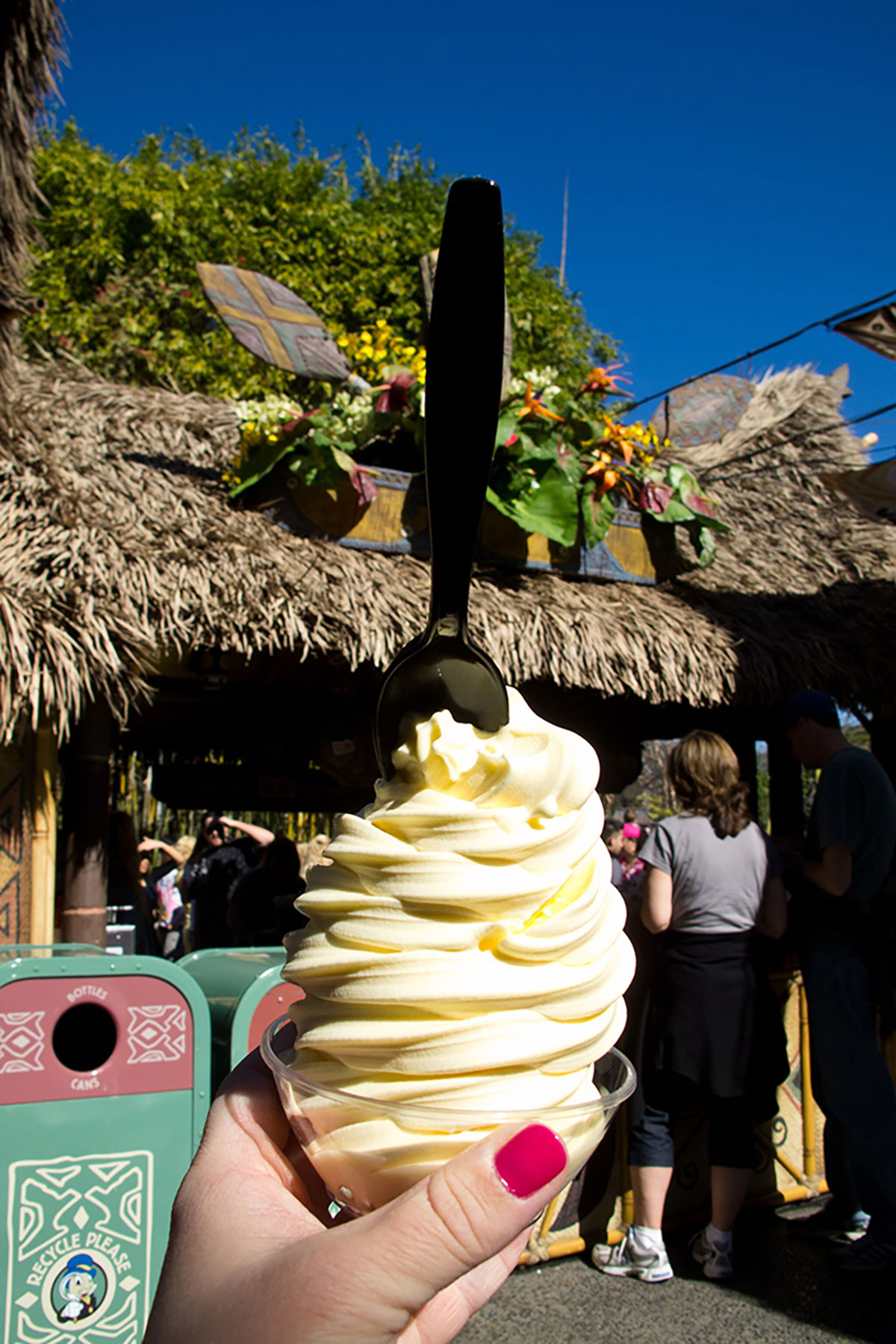Theming, a meticulous process of designing immersive environments, reaches every corner of a theme park; architecture, music, gastronomy… even the smallest detail is important to achieve that unique atmosphere that guarantees an authentic experience for visitors and tourists.
Architecture is the canvas on which the narrative thread is established, which transports these visitors and tourists to different times and places. At Disneyland, for example, the castle is an iconic element, epitomising the theming and magic of fairy tales.
The music, as important as the architecture, is an invisible thread that almost unconsciously connects the audience to the themed experience. At Universal Studios, for example, the area entitled The Wizarding World of Harry Potter is set to the epic music, distinctive to the franchise. Visitors and tourists are immersed in the magical world of Hogwarts even before they board the rides.
The gastronomy offered by the theme park in its restaurants and bars represents a further dimension of theming. One example is the Adventureland area of Disneyland. Here, visitors and tourists enjoy snacks dressed and created in accordance with the overall theming, such as the famous Dole Whips, or Mickey Mouse-shaped ice cream.
Small visual details also contribute to the authenticity of the theme park experience. Strategically placed lanterns, specifically designed themed signage, etc., each element contributes to the narrative purpose and adds layers of detail to the surrounding atmosphere. At Warner Bros. studios’ Harry Potter theme park, visitors and tourists encounter depictions of magical creatures on posters and signage.
Theme parks thus become settings where imagination meets reality, and the magic resides in every little detail that enchants, thrills and leaves an indelible memory in the public’s consciousness.
By Manuel Ginés, Senior Architect in the Architecture Department of Amusement Logic









